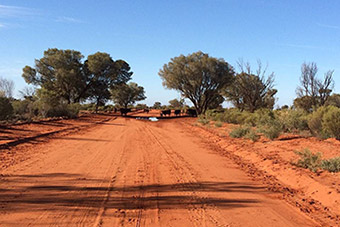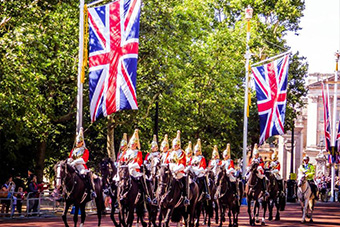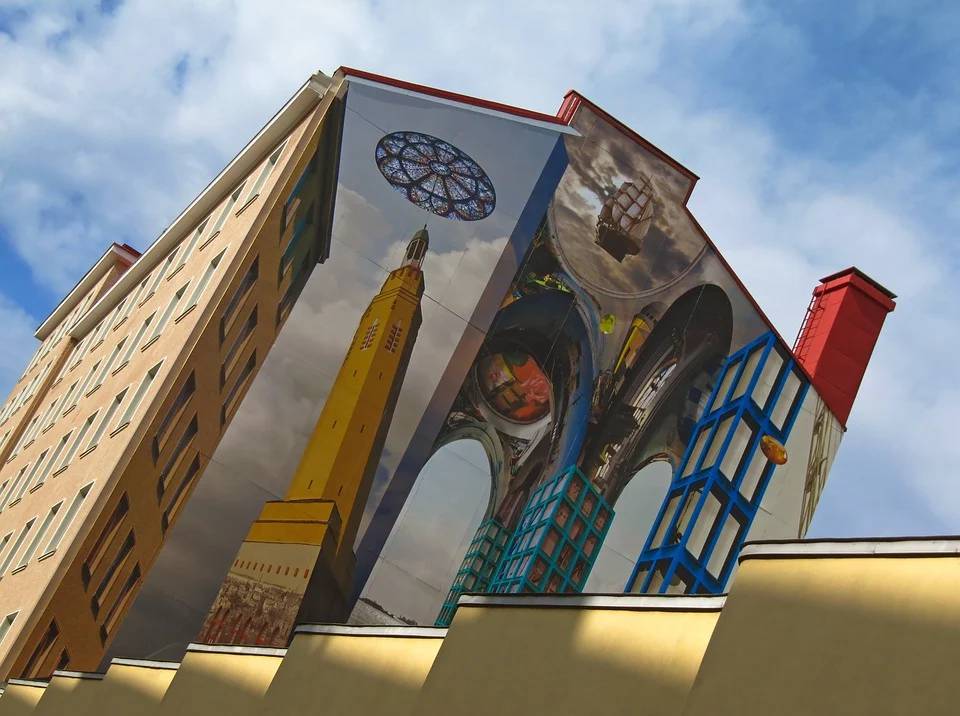Throughout its history, air travel has maintained a record of changing with times and events. From technological advancements to the arrival of jet engine planes, to Transport Security Administration rules, and disasters such as the Hindenburg explosion and the more recent grounding of the Boeing 737 Max – several events have altered the way air travel works.
The COVID-19 epidemic is no exception to this. What had started out as a handful of novel corona-virus cases in December 2019 turned out to become a mass-scale global pandemic soon after, putting practically all of the world under lock down and essentially pausing all air travel. All for wait for a cure or a vaccine.
With over 10 months of the pandemic already passed, however, the world is moving on to adjusting to a new normal. With no vaccine or cure in sight still, both businesses, authorities and entities are now executing their operations in a way that best matches the current scenario.
Here are 5 ways in which the COVID-19 pandemic has changed the way air travel works:
- Increased sanitization efforts: Cleanliness and sanitization is by far the first line of defense when it comes to prevention of disease caused by the very infectious novel corona-virus. And airlines on their part have made no hesitations to bring that into the fold of their activities. From platforms to baggage checking and from the inside of airplanes to offering passengers sanitizers themselves, airline operators are making sure to see that no stone remain un-turned – or rather, unsanitized. The results show too – those who have made their travels in a post-COVID world are quick to both observe and state in some way how things have become cleaner like they never were.
- Protective gear: Both airline and airport workers and passengers are now required to wear better protective gear. Gloves and mask are now compulsory items regardless of whether they are staff, crew or passenger. Additionally, air hostesses are mandatorily required to wear protective outfits along with masks and gloves, and not allowed to touch any unpacked food items by hand.
- Touch-less systems and innovations: Given that COVID-19’s transmission largely happens via touching, airports and airliners are making provisions to ensure that people need to touch as less things as possible to avoid any chances of infections. One of the best examples of this is United Airlines’ touch-less kiosks, which allow passengers to use baggage tags and boarding passes – without the need for touching anything.
- Socially distanced provisions: With social distancing being the norm of the hour, there is no way airliners could not follow it. Despite the disadvantages to revenue, airlines are adopting distancing into their systems in both conventional and innovative ways. The number of seats in planes have been reduced to half to avoid crowding. On the other hand, other areas of interaction such as waiting areas have too reduced their maximum capacity so that people do not become vulnerable. Restaurants, in the meantime have gone towards the more innovative route by adding table shields and marked waiting spaces to keep any potential crowding incidents at bay.
- Health and temperature checks: With no set medication for COVID-19 anywhere in near sight, prevention remains the best cure. And the literal best way to prevent this is to make sure that infected persons do not enter the scene in the first place. Though they are far from being foolproof, health and temperature screens indicate if someone is healthy or not, and a variation in the same can help weed out potentially infected persons.
As with most events, one can safely assume that new slew of rules and regulations will be here to stay, regardless where the novel corona-virus pandemic takes us.











